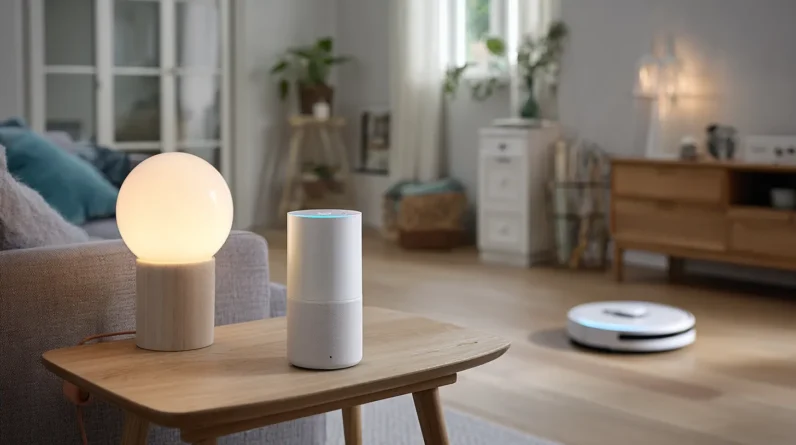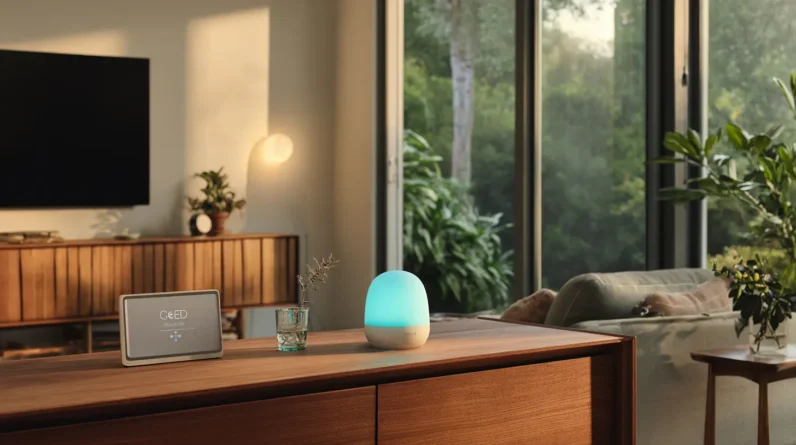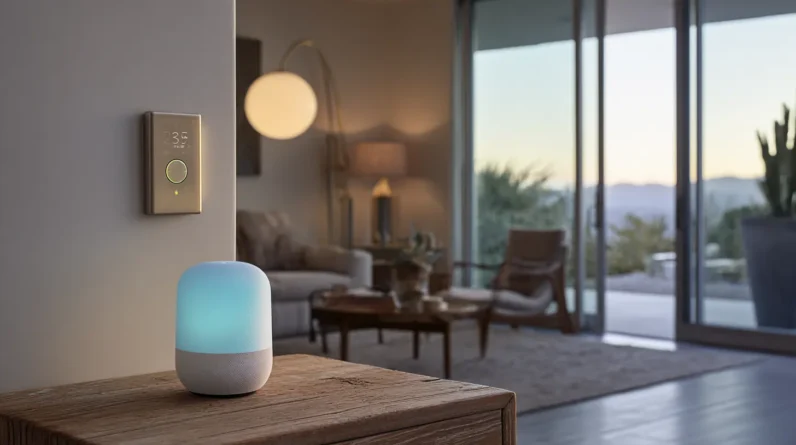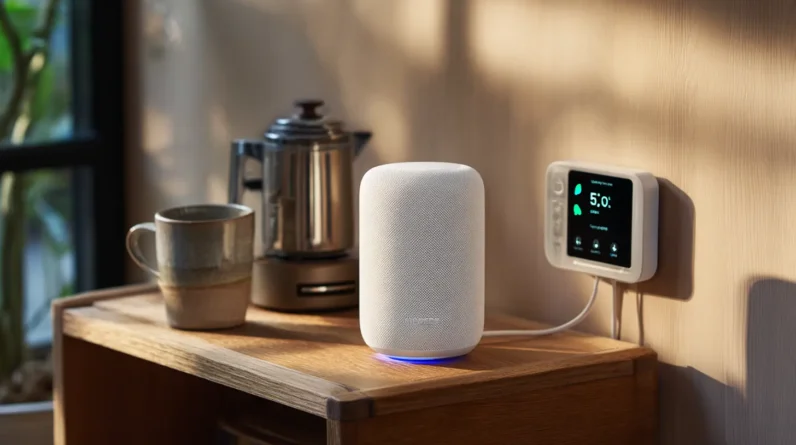
We start by evaluating our smart home setup, taking stock of existing devices, communication protocols, and potential integration challenges. Next, we choose compatible security devices that work seamlessly with our smart home hub, ensuring support for the same wireless protocols and integration capabilities. After setting up our smart security hub, we integrate door and window sensors, connect smart locks and keys, and configure motion detection alerts. By streamlining voice assistant control and monitoring settings, we can achieve a robust and manageable security system that enhances our overall smart home experience – and with a little more fine-tuning, we can access its full potential.
Assessing Your Smart Home Setup
When integrating smart security devices with our smart home ecosystem, we must first take stock of our existing setup, identifying the devices, platforms, and protocols already in place to guarantee seamless compatibility and ideal functionality. We’ll need to catalogue every smart device, from thermostats to light bulbs, and note their respective communication protocols, such as Zigbee, Z-Wave, or Bluetooth. We’ll also review our smart home hubs, bridges, and gateways to make sure they can support the new security devices. By doing so, we’ll create a thorough picture of our ecosystem, allowing us to identify potential integration challenges and optimize our setup for maximum efficiency.
Choosing Compatible Security Devices
With our ecosystem’s landscape mapped out, we can now focus on selecting security devices that harmonize with our existing setup, guaranteeing a unified and effective defense system. We’ll need to evaluate devices that are compatible with our smart home hub, whether it’s Amazon Alexa, Google Home, or Apple HomeKit. We’ll also want to confirm that our chosen devices support the same wireless protocols, such as Wi-Fi or Zigbee, to ensure seamless communication. Additionally, we should assess the device’s integration capabilities, such as IFTTT (If This Then That) support or custom API access, to enable advanced automation and customization. By selecting devices that align with our ecosystem, we’ll create a robust and efficient security system that’s easy to manage and monitor.
Setting Up Smart Security Hubs
We configure our smart security hub to serve as the central nervous system of our integrated defense system, linking all our chosen devices and enabling unified monitoring and control. This hub is the brain of our operation, allowing us to receive alerts, monitor footage, and arm/disarm our system from a single interface. To set it up, we:
– Verify the hub is compatible with our existing smart home ecosystem
– Connect it to our Wi-Fi network and power source
– Download and install the accompanying app to access remote monitoring and control capabilities
Integrating Door and Window Sensors
Next, we install door and window sensors to detect even the slightest breach, providing an additional layer of security and alerting us to potential intrusions. These sensors typically use magnetic or infrared technology to detect openings and closures. We guarantee they’re compatible with our smart security hub and follow the manufacturer’s instructions for installation. We’ll usually need to pair the sensors with the hub, then configure the system to receive alerts and notifications when a sensor is triggered. Some advanced sensors can even distinguish between authorized and unauthorized access, further enhancing our smart home’s security. By integrating these sensors, we can rest assured that our home is protected from potential threats.
Connecting Smart Locks and Keys
As we fortify our smart home’s defenses, we’re now turning our attention to connecting smart locks and keys, an essential step in ensuring seamless and secure entry management. This integration enables us to grant access to guests, service providers, or family members remotely, eliminating the need for physical keys.
We can:
– Assign unique digital keys to individuals, revoking access when needed
– Set up customized access schedules for specific users
– Receive real-time notifications when someone enters or exits our home
Configuring Motion Detection Alerts
By integrating motion detectors with our smart home ecosystem, we can receive instant alerts on our mobile devices whenever motion is detected, allowing us to respond promptly to potential security breaches. To configure motion detection alerts, we’ll need to access our smart home hub’s settings and navigate to the motion detector’s profile. From there, we can set up custom alert zones, specifying which areas of our home we want to monitor. We can also adjust sensitivity levels to minimize false alarms. Additionally, we can customize alert messages to include video clips or images, providing us with visual confirmation of any activity. By fine-tuning these settings, we can guarantee that our motion detection alerts are informative and actionable, giving us peace of mind and enhanced home security.
Streamlining Voice Assistant Control
With our smart home ecosystem now equipped with advanced motion detection capabilities, we’re turning our attention to streamlining voice assistant control, allowing us to effortlessly manage our security devices using intuitive voice commands. We want to be able to arm and disarm our system, receive notifications, and access security feeds with ease. To accomplish this, we’ll focus on integrating our voice assistant with our smart security devices. Here are some key considerations:
– Device compatibility: Verify our voice assistant is compatible with our security devices and can control them seamlessly.
– Custom voice commands: Create custom voice commands to simplify complex actions, such as arming or disarming our system.
– Routines and scenes: Set up routines and scenes that combine multiple actions into a single voice command, streamlining our security management.
Monitoring and Adjusting Settings
We’re now focusing on monitoring and adjusting settings to guarantee our smart security devices are optimized for our unique needs and preferences. Through the smart home ecosystem’s central interface, we can access and adjust individual device settings, such as sensitivity levels, alert thresholds, and notification preferences. We can also customize automated routines and scenes to ensure seamless integration with other smart devices. For instance, we can program our security cameras to automatically record footage when motion is detected or adjust our door locks to grant access to authorized individuals. By fine-tuning these settings, we can achieve a tailored security experience that provides maximum protection and convenience.
Conclusion
As we stand at the threshold of our smart home, we gaze out at a fortress of security, where doors lock with a whisper, windows whisper secrets to our ears, and motion detectors cast a watchful eye. With every device woven into a seamless tapestry, our home is a symphony of safety, conducted by our voice assistants. As we settle into this sanctuary, we understand that our smart security ecosystem is always watching, always waiting, and always ready to defend our haven.







